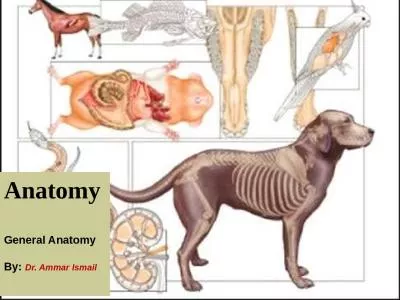PPT-Department of Human Anatomy
Author : narrativers | Published Date : 2020-06-16
KNMU Anatomy of the endocrine glands Slidelecture for students of the 6 Faculty of Medicine Lector associate professor Zharova Nataliya 2015 THE THYROID GLAND
Presentation Embed Code
Download Presentation
Download Presentation The PPT/PDF document "Department of Human Anatomy" is the property of its rightful owner. Permission is granted to download and print the materials on this website for personal, non-commercial use only, and to display it on your personal computer provided you do not modify the materials and that you retain all copyright notices contained in the materials. By downloading content from our website, you accept the terms of this agreement.
Department of Human Anatomy: Transcript
Download Rules Of Document
"Department of Human Anatomy"The content belongs to its owner. You may download and print it for personal use, without modification, and keep all copyright notices. By downloading, you agree to these terms.
Related Documents

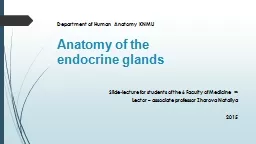

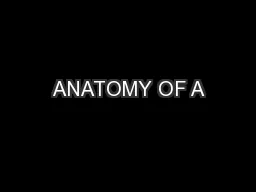
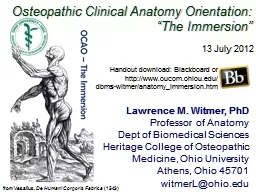




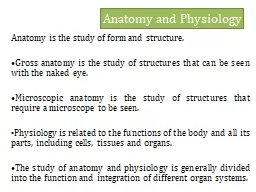


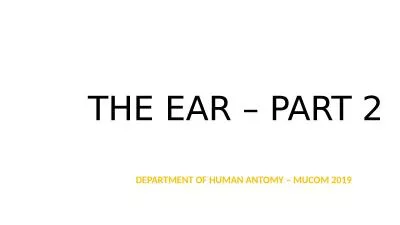
![[DOWNLOAD] Human Anatomy Coloring Book: Bones. Medical Notes | Detailed illustrations](https://thumbs.docslides.com/1006987/download-human-anatomy-coloring-book-bones-medical-notes-detailed-illustrations-learn-the-skeletal-system-anatomy-and-physiology-coloring-workbook-with-nurses-doctor-and-all-lovers-of-anatomy.jpg)
